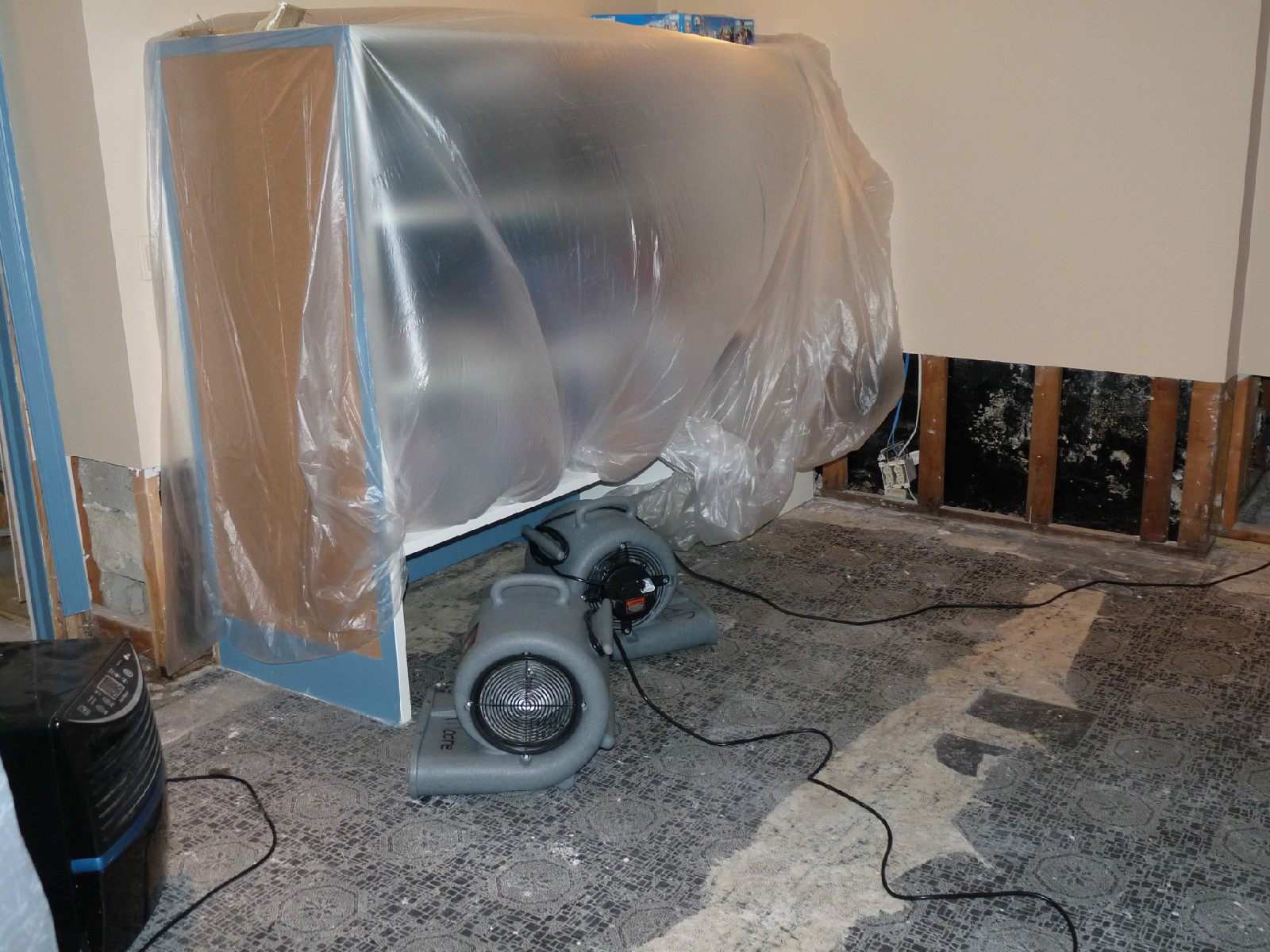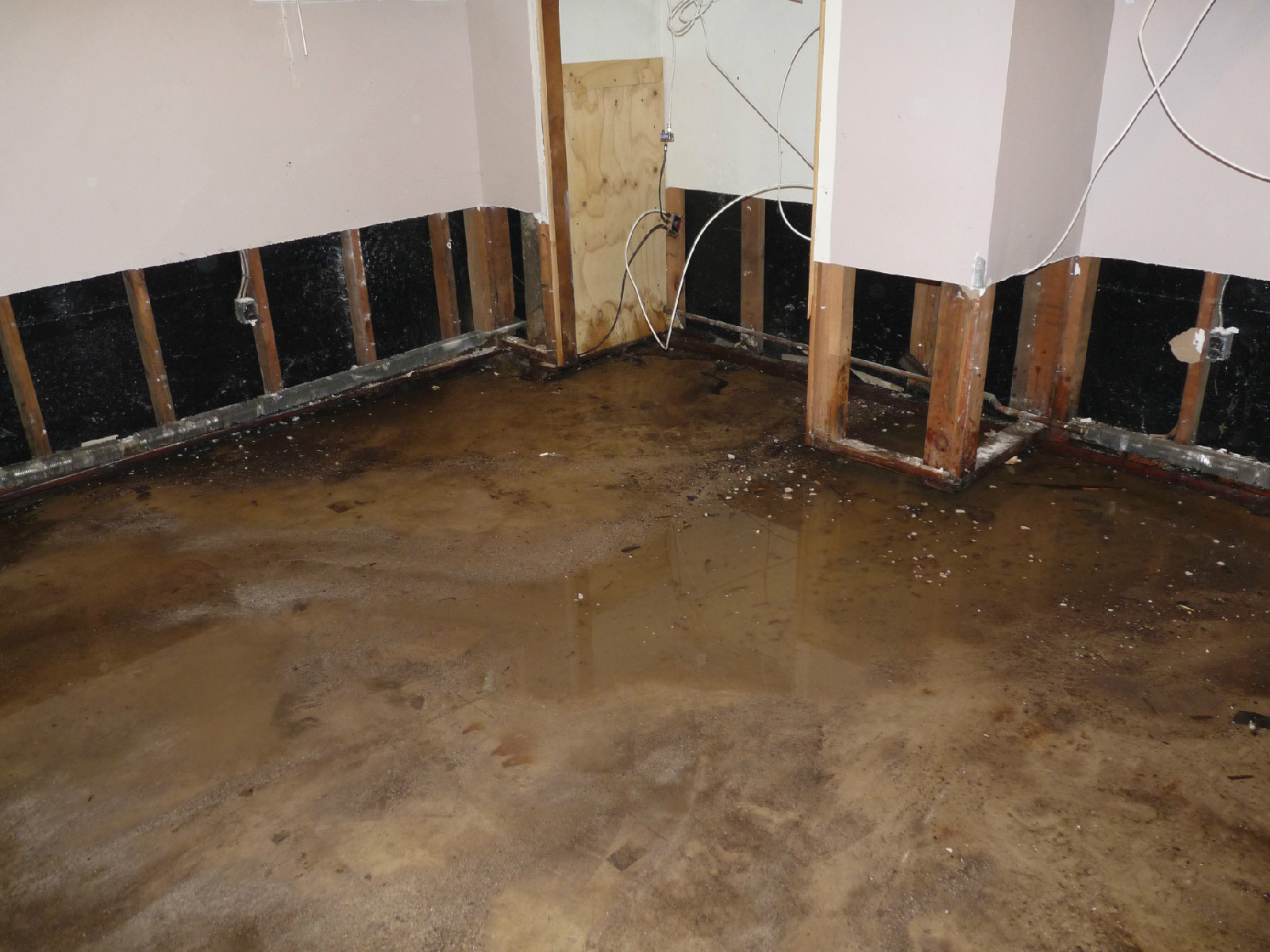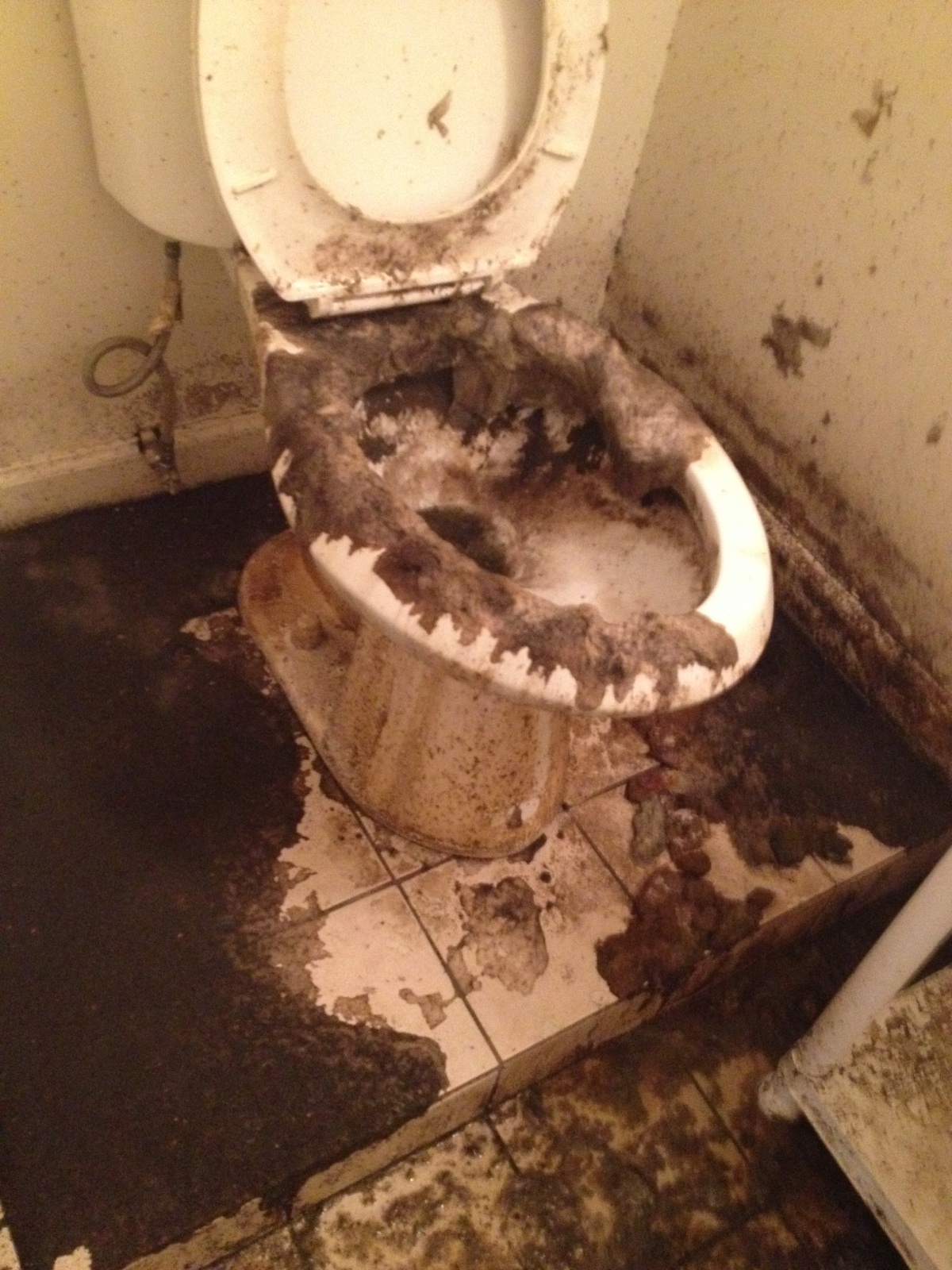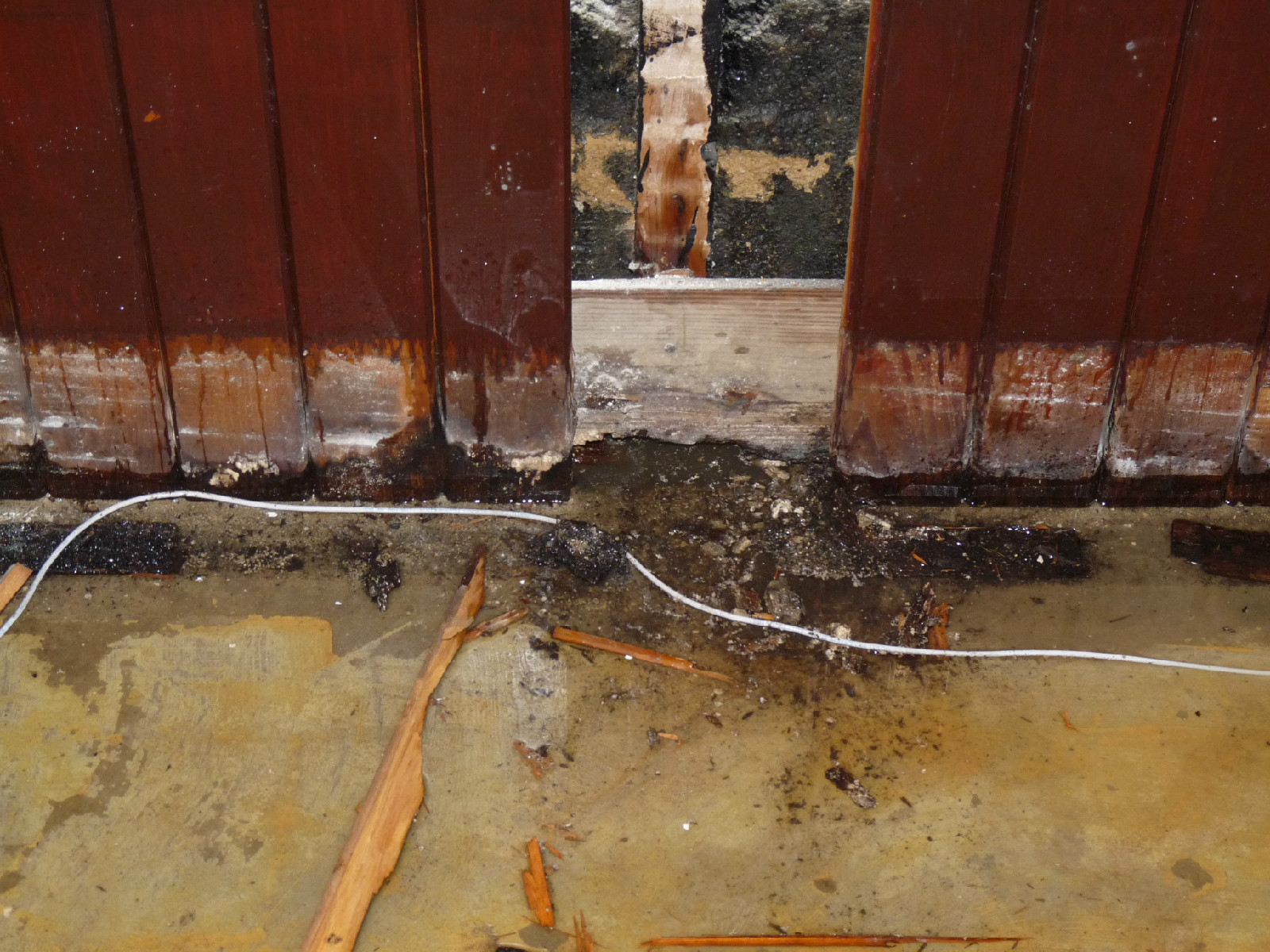In older homes and homes near high water tables, basement flood cleanup is a fact of life. Even during dry conditions, keeping water out of the home can be a never ending battle. This is especially true in the home’s underground rooms. Down in the lower reaches of the house, water can infiltrate through foundation cracks, pipe leaks, sewer lines or just seep in through the windows. In some homes, keeping water out is an impossible task, and the home’s drainage and sewage systems may be quickly overwhelmed by a sudden rush of water.
Basement flood cleanup is usually necessary after a heavy storm or catastrophic plumbing disaster. If a home’s drains and sewer lines are worn down and clogged with sediment, a massive influx of water may sink the entire room. While it’s a homeowner’s worst nightmare to wake up to an underground lake, a team of trained professionals can quickly fix the situation.
Once the professionals show up, the most pressing concern is getting rid of any standing water. They use high volume, powered pumps that can remove the water within hours. At this point, the homeowner may think the basement flood cleanup is over. Unfortunately, even after the water is gone, a host of microbes will be left behind. If the water was allowed to sit for more than 24 hours, mold is likely also present. Water damage specialists like JP Moore’s technicians can thoroughly disinfect and treat the basement for any microbial hazards, eliminating the likelihood of future health problems. JP Moore can also identify what items are salvageable and what will need disposing. Anything that is salvageable is dried using dehumidifiers and air mover fans, both of which will wick off moisture in the room and contain it for easy removal. By the time the drying process is complete, the room will be ready to set up again, a process JP Moore will also help with.



